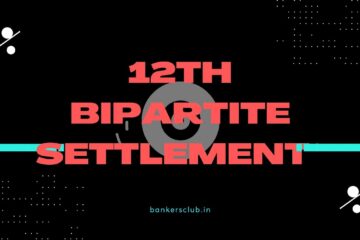What is RBI’s 5/25 Scheme?
Infrastructure and core industries projects have a long gestation periods and large capital investments. The repayment period for loans to such sectors should be corresponding to their gestation period of cash flows. However, Banks were unable to provide such long tenor financing due to asset-liability mismatch issues. Banks were restricting their finance to a maximum period of 12-15 years, which strains the viability of the project. RBI’s 5/25 scheme is to enable banks to provide longer repayment period to infrastructure and core industries projects.
RBI introduced the 5:25 scheme i.e., “Flexible Structuring of Long Term Project Loans to Infrastructure and Core Industries”
As per the 5:25 flexible structuring scheme, the banks are allowed to fix longer amortization period say 25 years, based on the economic life or concession period of the project, with periodic refinancing, say every 5 years.
How does the RBI’s 5/25 scheme work:
- The bank will sanction the Initial Debt Facility for a medium term, say 5 to 7 years. This is to take care of initial construction period and also cover the period at least up to the date of commencement of commercial operations (DCCO) and revenue ramp up.
- Repayment of this loan is done by bullet payment by providing refinance by the same lender or a set of new lenders or by issue of corporate bonds. Such refinancing may repeat till the end of the Amortisation Schedule
- The fundamental viability of the project is established on the basis of all requisite financial and non-financial parameters, especially the acceptable level of interest coverage ratio (EBIDTA / Interest payout), indicating capacity to service the loan and ability to repay over the tenor of the loan;
- At the time of initial appraisal of such projects, banks will fix an amortisation schedule (Original Amortisation Schedule).
- The tenor of the Amortisation Schedule should not be more than 80% of intial economic life/ concession period.
- The refinancing (Refinancing Debt Facility) after each of these 5 years would be of the reduced amounts determined as per the Original Amortisation Schedule.
Conditions for 5.25 scheme of RBI:
- Only term loans exceeding Rs.500 crores to projects in the infrastructure sector and in the core industries sector
- Banks may fix a Fresh Loan Amortisation Schedule for the existing project loansonce during the life time of the project, after the DCCO, based on the reassessment of the project cash flows, without this being treated as ‘restructuring’ provided:
- The loan is a standard;
- NPV of the loan remains same before and after the change in loan amortisation schedule;
- The Fresh Loan Amortisation Schedule should be within 85 per cent of the initial concession period/ initial economic life
- The viability of the project is reassessed by the bank and vetted by the Independent Evaluation Committee constituted under the aegis of the Framework for Revitalising Distressed Assets in the Economy.
- If a project loan is classified as ‘restructured standard’ asset as on the date of fixing the Fresh Loan Amortisation Schedule this will not be considered as ‘repeated restructuring’, the loan should continue to be classified as ‘restructured standard’ asset.
- Any subsequent changes to the above mentioned Fresh Loan Amortisation Schedule will be governed by the extant restructuring norms.
- If the project term loan or refinancing debt facility becomes NPA at any stage, further refinancing should stop and the bank which holds the loan when it becomes NPA would be required to recognise the loan as such and make necessary provisions as required under the extant regulations.
- Once the account comes out of NPA status, it will be eligible for refinancing in terms of these instructions.
- Banks should have a Board approved policy for such financing.
- Flexible structuring and refinancing should be carried out only after DCCO.

